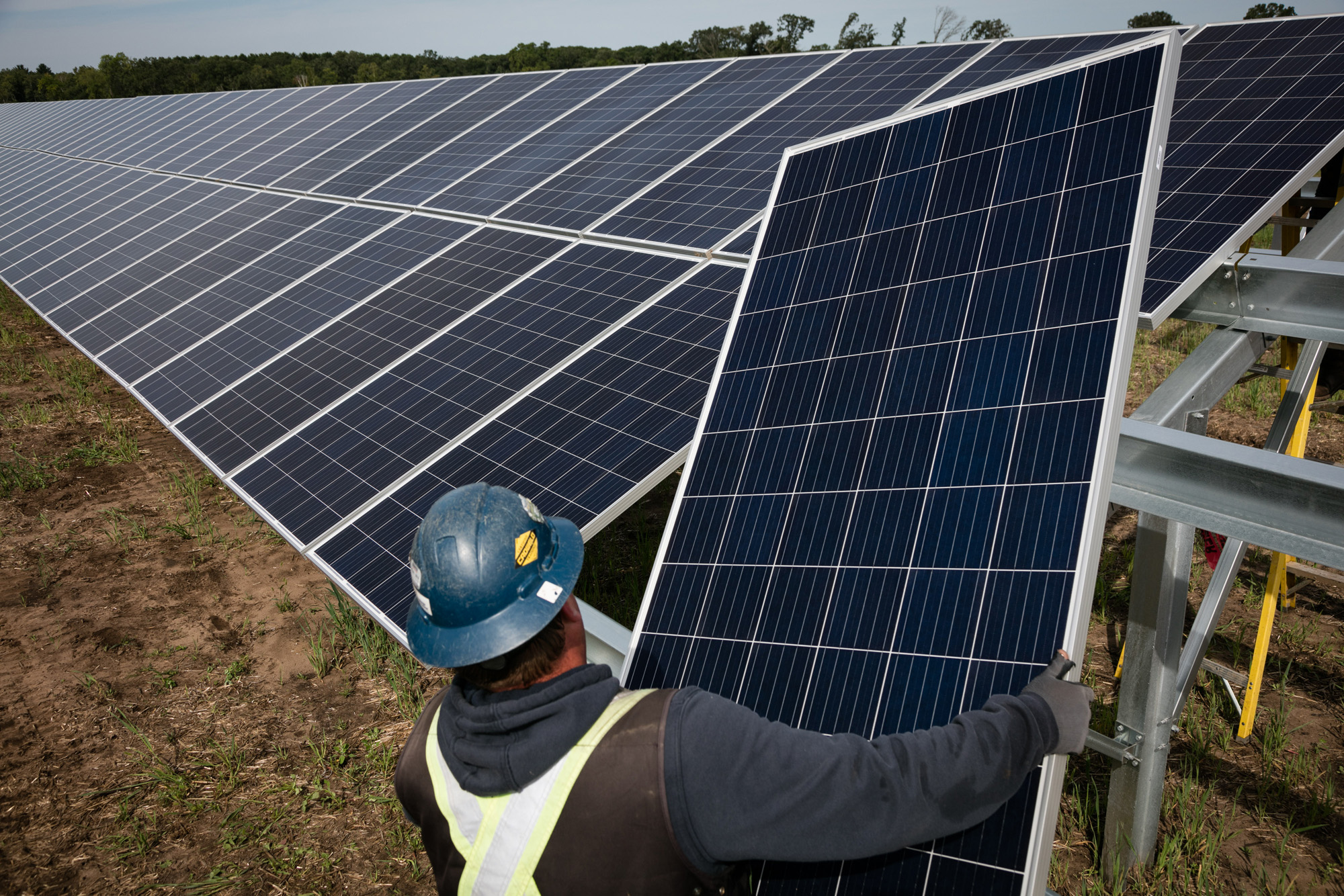When the Paris climate agreement was concluded in December 2015, almost all the world's countries committed to limit global warming to well below 2 degrees Celsius relative to pre-industrial levels, and have submitted "Intended Nationally Determined Contributions" (INDCs) describing how they will either contain or reduce emissions over the next decade. Global investment in renewable power now far exceeds investment in fossil fuel plants; battery costs are falling, and electric vehicle sales rising; and even in President Donald Trump's America, coal-fired power stations continue to close.
But despite this progress, the latest report from the Intergovernmental Panel on Climate Change (IPCC) contains a chilling prediction: on current trends, the world is heading toward 3 degrees of global warming by 2100, to a level not reached for more than a million years. The harm to human welfare is likely to be catastrophic.
The IPCC report makes it clear that the ideal target should be to limit warming to 1.5 degrees. Above that level, the adverse consequences become ever more extreme. But to achieve that goal, global carbon dioxide emissions would have to reach net zero by about 2055, and still earlier if, as is unfortunately inevitable, emissions remain at current levels for several more years.



















With your current subscription plan you can comment on stories. However, before writing your first comment, please create a display name in the Profile section of your subscriber account page.